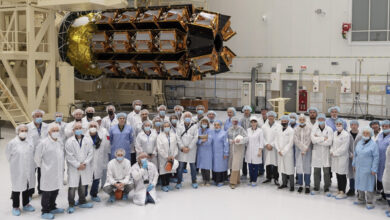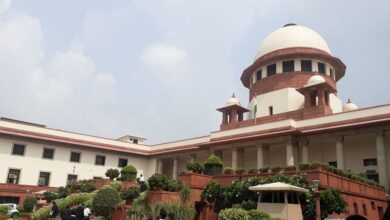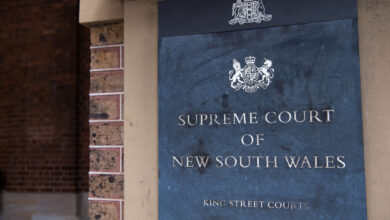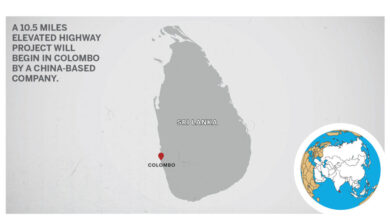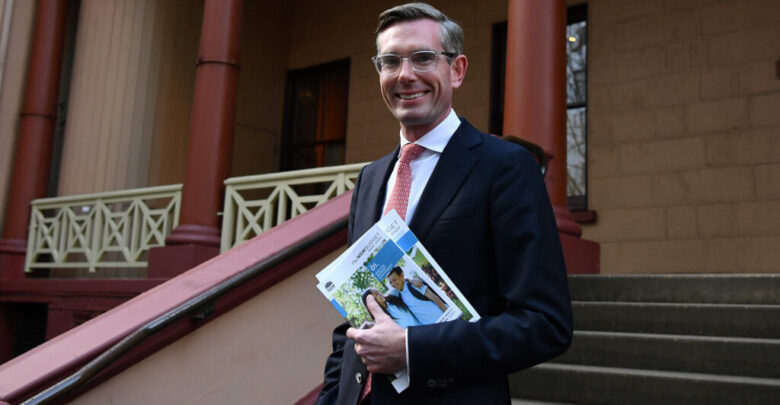

SYDNEY — Australia’s New South Wales government’s budget deficit is less than half its previous forecast, with the state’s economic recovery continuing apace amid Covid-19.
Treasurer Dominic Perrottet will on June 22 reveal a 2020/21 state budget deficit of AU$7.9 billion ($5.9 billion). This is less than half the AU$16 billion ($11 billion) forecast for 2020/21 in last November’s pandemic-delayed budget and lower than the revised deficit of AU$13.3 billion ($9.9 billion) in February’s half-yearly budget review.
The treasurer said the successful suppression of Covid-19 in New South Wales and government stimulus measures amid the pandemic had prompted forecast increases in Goods and Services Tax receipts, stamp duty, and payroll tax.
The budget now forecasts an AU$500 million ($375 million) surplus by 2024/25 and Perrottet said the government’s goal to reduce net debt to seven percent of gross state product (GSP) over the medium term remains on track.

Perrottet said state expenditure would increase over 2021/22 as the government continues to prop up the economy.
But it would moderate over the forward estimates as a stimulus is wound back, aided by an economy unshackled by health restrictions. This was dependent on the success of Australia’s Covid-19 vaccine rollout.
Perrottet said the theme of June 22’s budget would be New South Wales’s capacity to walk and chew gum at the same time, supporting residents amid the pandemic while aiming for future growth and innovation.
“The foundations we’ve laid over the past 10 years have put New South Wales in an incredibly strong position to manage this virus well on the economic and health sides,” Perrottet said on June 21.
“This budget isn’t just focused on the here and now, it’s about setting us up for future success, your family, children, for greater opportunity.
“There’s a focus on today, delivering for families, meeting them where they are, supporting families with the cost of living measures, improving quality of life, but also with one eye on the future, setting our state up for success.”
The largest measure on June 22’s budget is a locked-in 2.5 percent annual pay rise for New South Wales public sector workers over the next four years.
Costing AU$2.7 billion ($2 billion), the measure comes 12 months after New South Wales attempted to freeze public sector wages to fund stimulus amid the pandemic.
It will also spend AU$490 million ($367 million) over the next four years to spur take-up of electric vehicles in New South Wales, including exempting stamp duty on new Electric Vehicles priced under AU$78,000 ($58,496) and offering AU$3000 ($2,249) cash rebates to 25,000 buyers.

Community and mobile preschools will be made free on a permanent basis, extending pandemic assistance, while AU$50 million ($37 million) in vouchers will be made available for June 25 lunches in the virus-affected Sydney Central Business District.
Firefighting infrastructure and equipment will receive an almost AU$270 million ($202 million) boost, while AU$380 million ($284 million) will be allocated to renewable energy investment.
An extra AU$2 billion ($1.4 billion) has also been promised by the New South Wales government to build or upgrade an additional 44 schools across the state.
The government will also continue to prosecute the case for a shift from stamp duty on property purchases to an annual property tax, having earlier this month released a progress paper on the subject.
New South Wales recorded an AU$6.9 billion ($5.1 billion) deficit in 2019/20 as Covid-19 emerged, having spent some AU$29 billion ($21 billion) on health and economic support packages.
The economy contracted 1.0 percent in 2019/20 and initial forecasts for 2020/21 of an additional 0.75 percent contraction were in February revised upwards, with no change currently predicted to the economy’s size.
The state’s economy is forecast to grow by 2.75 percent in 2021/22.
The unemployment rate in New South Wales currently sits at five percent.
(Edited by Vaibhav Vishwanath Pawar and Nikita Nikhil. Map by Urvashi Makwana)
The post Deficit Dips As Australia’s New South Wales Juggles Covid-19, Future appeared first on Zenger News.


